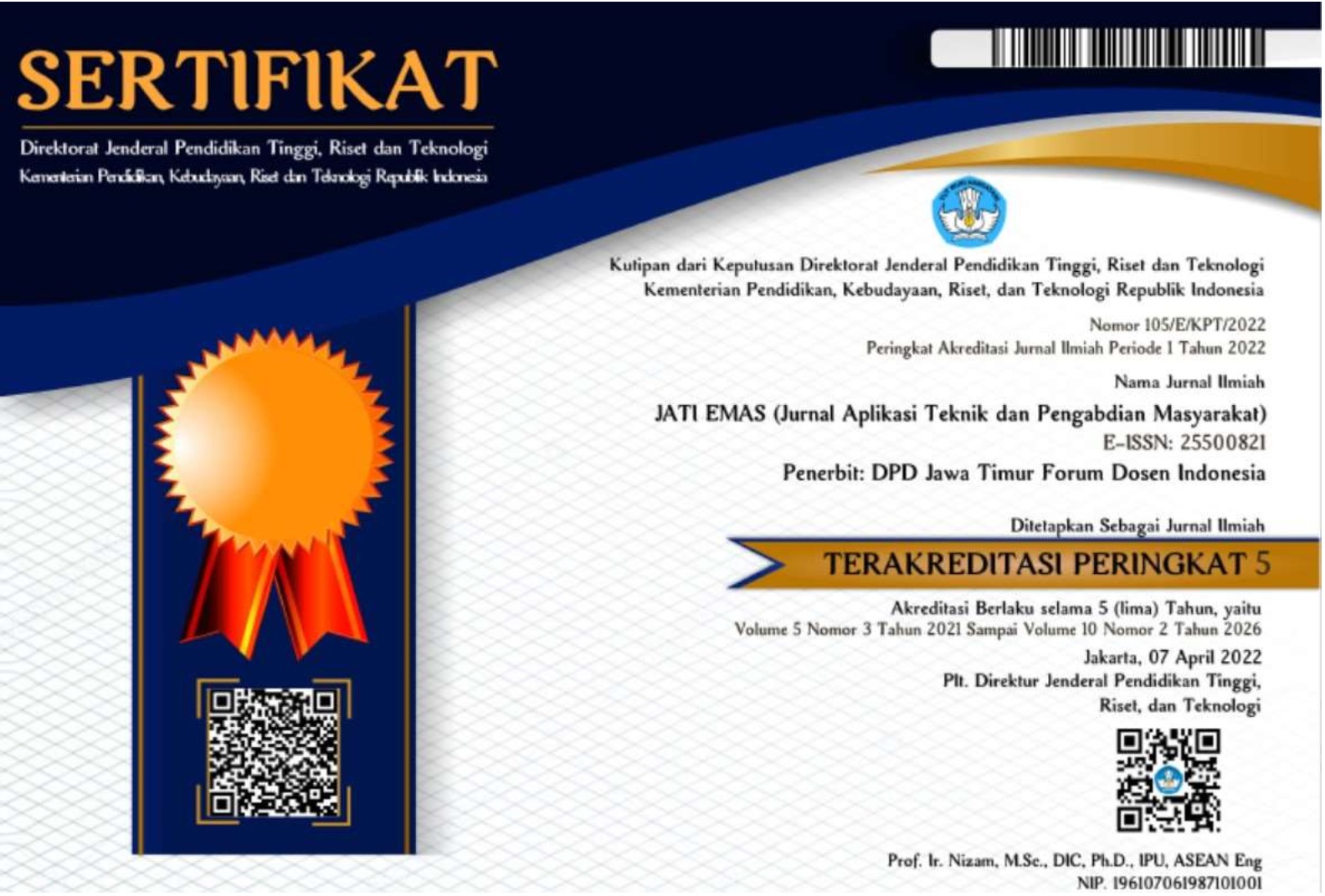Kidney Stone Disease Diagnosis Using Shifted-Windows Transformer (SWIN Transformer)
Diagnosis Penyakit Batu Ginjal Menggunakan Shifted-Windows Transformer (SWIN Transformer)
DOI:
https://doi.org/10.12345/je.v9i4.383Keywords:
Deep Learning, Swin Transformer, Image Classification, Kidney Stone, Medical AIAbstract
Kidney stones are a prevalent urological condition that, if undiagnosed that can lead to serious complications. Traditional diagnostic methods, such as manual ultrasound interpretation, are error-prone and time consuming, especially in areas with limited access to healthcare professionals. This research proposes the use of the Shifted Windows Transformer (Swin Transformer), a state-of-the-art deep learning model, to improve the classification of kidney stones in ultrasound images. The model is trained on a dataset of 9,396 kidney ultrasound images, categorized into two classes normal kidneys and kidneys with stones, sourced from a publicly available on Mendeley data Kidney dataset. The results demonstrate that the Swin Transformer achieves an impressive accuracy of 99.57%, surpassing others models like Convolutional Neural Networks (CNN) and Vision Transformers (ViT) by efficiently capturing both local and global features in high-resolution images. Practical implications include faster, more accurate diagnoses, particularly in regions lacking specialized radiologists. However, limitations of this model include its dependence on high-quality ultrasound images, which may not always be available in less-resourced settings. Additionally, the model’s performance may vary depending on the diversity of the dataset, limiting its generalizability in certain clinical environments. The need for substantial computational resources may also restrict the model's applicability in some healthcare settings. Despite these limitations, the Swin Transformer shows great promise as an automated tool for kidney stone detection, offering potential solutions for early diagnosis in remote and underdeveloped areas.






